There was a time when just getting control of enterprise content was a big achievement—knowing where the content was, being able to search a central repository, identifying the latest version of a document and so on. Even now, that control cannot be taken for granted. Many organizations struggle to manage content that is scattered across multiple devices, departments and SharePoint sites. However, the vision for content has evolved, and progressive users of KM technology are well past the static repository stage.
That change has been in the works for several years (see “Today’s applications are saying to content: ‘Don’t just sit there, do something!’” KMWorld, October 2013) and is continuing to evolve. What is different now is that organizations and software solutions have become much more aligned with that vision and are making it happen with less of a struggle. For example, IT is learning more about business needs, and business users are more technology-proficient. Software solutions are being designed with the assumption that content may come from many sources, that workflow will be involved and that processes may be added or changed on short notice.
Gartner’s new definition of ECM and revision of the term to “content services” is based on the following idea from its report “Content Management for the Digital Era: Rethinking Strategies Beyond 2016”:
“ECM is a set of services and microservices, embodied either as an integrated product suite or as separate applications that share common APIs and repositories, to exploit diverse content types and serve multiple constituencies and numerous use cases across an organization.”
